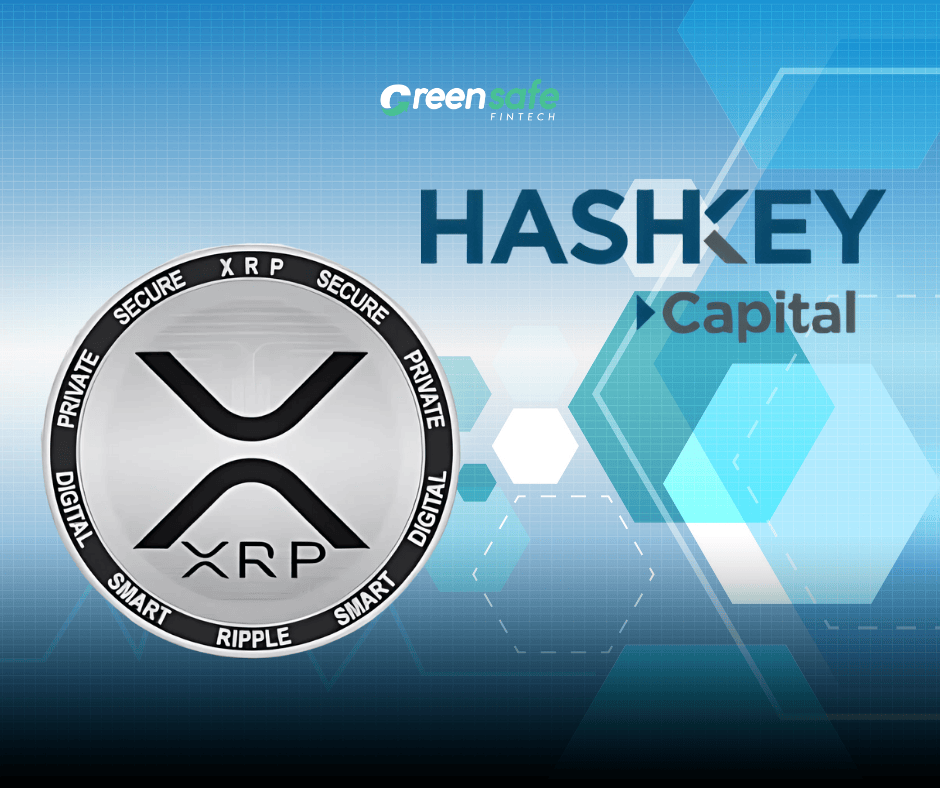The Mantra (OM) token, which once soared to nearly $9 in February, suffered a devastating collapse over the weekend, crashing by over 90% in a matter of hours. On April 13, the price plunged from $6.30 to below $0.50, wiping out more than $6 billion in market capitalization—and leaving traders and investors scrambling for answers.
According to Mantra co-founder John Mullin, the cause of the collapse was “reckless forced closures initiated by centralized exchanges” during a period of low liquidity. In a post shared on X, Mullin wrote:
“The timing and depth of the crash suggest that a very sudden closure of account positions was initiated without sufficient warning or notice.”
He added that the liquidation wave occurred during Sunday evening UTC, a typically thinly traded time that may have worsened the impact. While he confirmed that Binance was not involved, he hinted that one yet-to-be-named exchange may bear significant responsibility.
Theories Fly as OM Token Reels From Sell-Off
While some community members speculated the event was a rug pull, others believed that the Mantra team might have used OM tokens as collateral for a large loan, and were hit by sudden changes in loan terms or a margin call. Mullin quickly dismissed those allegations, stating:
“The team did not have a loan outstanding. Tokens remain locked and subject to the published vesting periods. Our tokenomics remain intact.”
He also reassured the community that wallet addresses remain public and unchanged, and no team wallets were involved in unauthorized sales.
Despite a brief recovery back above $1, OM has settled around $0.78 as of the latest data from CoinGecko—still down more than 91% from its all-time high.
Whale Movements and Suspicious Activity
Blockchain analytics platforms Spot On Chain and Lookonchain highlighted unusual activity leading up to the crash. Spot On Chain reported that certain whales moved over 14 million OM tokens to OKX just three days before the crash. The same wallets had purchased 84.15 million OM for $564.7 million in March, but are now estimated to be down over $400 million.
Meanwhile, Lookonchain reported that at least 17 wallets deposited over 43.6 million OM—about 4.5% of the token’s circulating supply—to exchanges between April 7 and April 13.
These movements raise concerns about potential coordinated dumping or risk mismanagement, further fueling speculation around what really triggered the collapse.
Regulatory and Institutional Context
Just months before the crash, Mantra had been riding high on institutional momentum. In January 2025, the project announced a $1 billion tokenization partnership with real estate giant DAMAC, marking a significant milestone for the tokenized real-world assets sector.
Additionally, on February 19, Mantra received a Virtual Asset Service Provider license from Dubai’s Virtual Assets Regulatory Authority (VARA), positioning it as a regulatory-compliant player in a growing Web3 hub.
Now, that optimism is being tempered by doubts about centralized exchange transparency, token liquidity management, and broader systemic risks within the crypto space.












